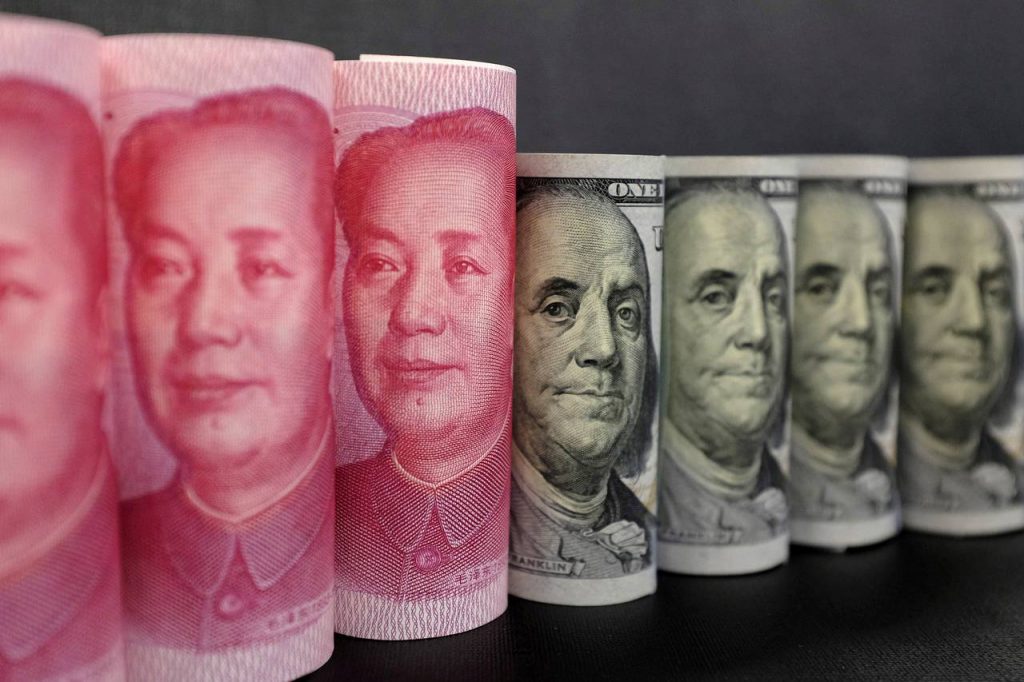The de-dollarization agenda is advancing as China’s central bank has asked lenders to raise their share of Chinese yuan while facilitating cross-border trade. The People’s Bank of China increased the floor ratio for Chinese yuan-denominated trade transactions from 25% to 40%. That’s a 15% increase in settling overseas trade and transactions in the recent realignment to benefit its local currency.
Also Read: Russia’s New Economic Bank Fuels Global De-Dollarization Surge
De-Dollarization: China to Punish Banks That Fail to Meet the 40% Chinese Yuan Criteria


China is taking de-dollarization seriously and is cracking the whip on banks that fail to meet the 40% Chinese yuan criteria. The increase from 25% to 40% is dubbed the Macro Prudential Assessment and banks failing to meet the criteria will receive a lower score in regulatory review, said officials close to the matter to Bloomberg.
Getting a low score would also affect the bank’s future business expansion as China is tightening all loopholes. Therefore, the Chinese yuan is forging ahead to take a large share of the transactions as de-dollarization advances. The sharp increase comes as Beijing plans to internationalize the local currency for all cross-border trade and transactions.
Also Read: De-Dollarization: Currencies That Are Challenging The US Dollar In 2025
The development gained steam after Trump issued sweeping tariffs on global trade affecting the normal flow of imports-export business. The move made the US dollar lose its appeal and now local currencies are in the race to the forefront. Not just the Chinese yuan, but even the euro and Japanese yen are aiming for de-dollarization to be a success.
Trump announced a 90-day pause on tariffs in April but the damage has already been done. America’s foes, allies, and enemies are all in the same boat now and China leveraged the situation and is pushing the Chinese yuan ahead masquerading as de-dollarization. China wants the same level of domination that the US dollar enjoys in the global financial sector.





